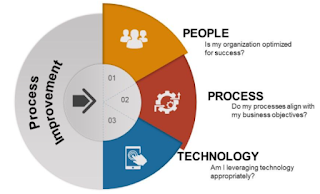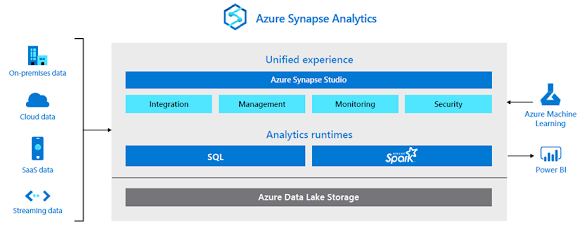How to maximise your existing Office 365 infrastructure as part of your digital transformation
How can it help you maximise the use of existing infrastructure and investment – specifically Office 365 and MS Teams, to address your current challenges and accelerate your journey to get to the next level of Digital Maturity
 |
| Model of engagement |
To explain that, lets first look at the traditional method of developing and delivering systems without delving too much into the different methodologies. Typically, the business would capture their requirements, and then decide to build (develop and validate) or buy (select and off the shelf application and configure it), then implement the system. Typically, this would take a significant time from start to finish. This may still be the route for implementing large scale deployments e.g. implementing a Manufacturing Execution System. But in terms of the following use cases, is there a new way :
- Automating a business process or workflow, that is largely paper based, involves people interacting with several systems, and also using tools like excel in the middle
- Implementing a new process or change to a process as a result of a Lean or Continuous Improvement project, or the completion of an A3
- Applying technology to Visual Management, to try and lean out the non value-add activities such as manually collecting data, transcription to white boards, transfer to excel for charting, and then printing out of the daily, weekly or monthly charts
- Action Trackers and Problem Trackers
- Addressing the new problem of involving key remote based staff in daily Gembas or Tiered Meetings in a meaningful way, reviewing metrics, and the different elements including Safety, Quality, Delivery etc.
We believe there is a new way of tackling these use cases, and moving forward on the digital transformation journey, in a way that develops a much more collaborative culture and involves more people in the organisation.
Lo-code or no-code applications
We are working with clients in a collaborative way which brings software specialists and business users together, to build solutions rapidly, delivering incremental benefit, while also upskilling internal business users who would have gravitated to Excel and macros to use a more comprehensive No Code, Low-Code platform to deliver apps, automate processes and close these digital gaps between their core systems.
Phase 1: Collaborate & Build
- Work in collaboration to close the digital gaps
- Use Power Apps and Power Automate to close a specific gap or address a specific use case together.
- Agile collaboration – peer to peer “development”
- Deliver an App, review, iterate and improve
- Built momentum
- Foster greater collaboration and innovation
Phase 2: Mentor inhouse citizen developers
- Identify non-IT resources who are technical (users of excel, macros, etc.)
- Work with you to establish citizen developers. Why not set the goal of becoming a Centre of Excellence within your own corporate organisation?
- We will help train and mentor internal resources as they upskill.
- We will help put procedures in place.
- Nurture the innovation and help build the capability, aligning to your digital strategies
Phase 3: Governance
- We provide Administration, Support and Governance of your Power software infrastructure as a Service, under our Managed Services Offering.
- Review of internal Apps to avoid duplication of functionality and identify opportunities where functionality can be merged with existing Apps and Power Automate Flows
- We can provide Level 2/3 Support
- Help implement a comprehensive Application Lifecycle Management
The Power Platform Stats
A final look at some more numbers. 97% of Fortune 500 companies are using the Power Platform, and Gartner believe that 65% of problems can be solved with the Power Platform.
Is this a Perfect Storm ? Have certain things that are outside of our control helped change the mindset and opened this approach as a real possibility to meet the critical challenges that companies are facing. Its worth recapping on these critical challenges:
- New processes have been put in place and this will continue to be the case
- Can we afford to do these on paper or in excel ? No audit trailing, no easy access to data, extra overhead for people that are already busy doing their core work
- Despite the investment in a number of large scale applications, we continue to have digital gaps across all functions
- More than ever, we need to increase productivity while reacting to changes in business processes
- The “new normal” may mean that key personnel will be working remotely
Can we maximise the tools that we have recently adopted for increased communication and collaboration including MS Teams. Build on the functionality you are using e.g. chats, video calls, document sharing and collaboration. Leverage the ability to plug in apps to aid planning, tracking, and digitise and modernise how you conduct your operations management and tiered meetings. Make MS Teams the Productivity Hub of your organisation.




Comments
Post a Comment